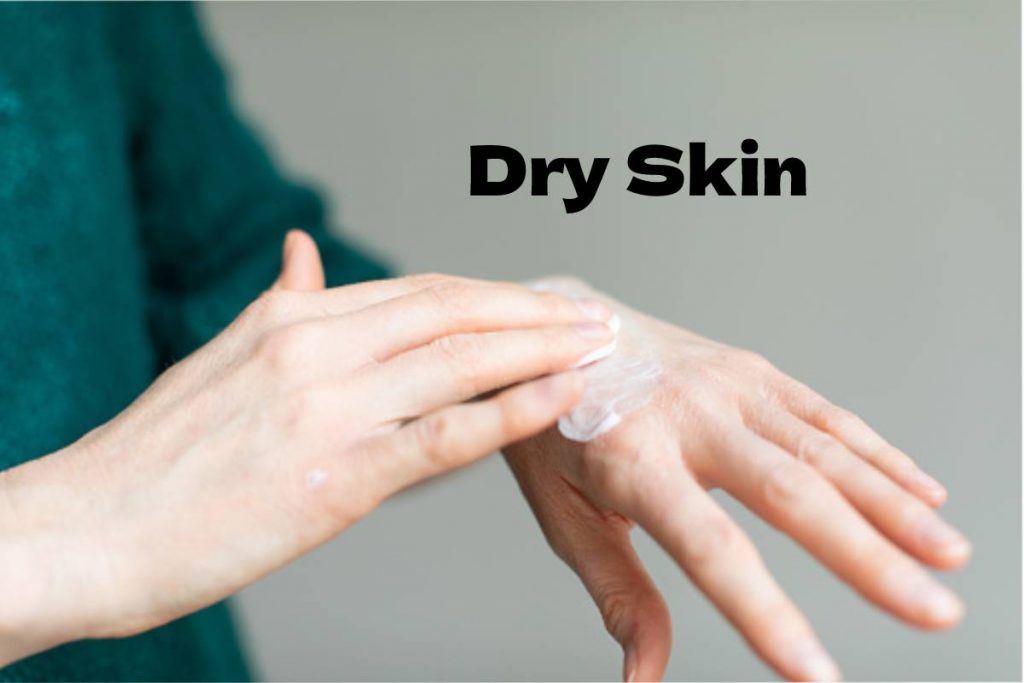Dry Skin
Table of Contents
Definition
Dry skin isn’t usually severe. In most cases, it’s caused by factors like hot or cold weather, low moisture in the air, and soaking in hot water.
You can do a lot on your own to improve your skin, including using moisturizers and avoiding harsh, drying soaps. But sometimes dry peel happens often or is severe. In these cases, you may need help from a doctor specializing in the skin (dermatologist).
Symptoms for Dry Skin
It is often temporary — you get it only in winter, for example — but it may be a lifelong condition. Signs and symptoms of dry skin depend on your age, your health, where you live, time spent outdoors, and the cause of the problem. Dry skin is likely to cause one or more of the following:
A feeling of skin tightness, especially after showering, bathing, or swimming
Skin that feels and looks rough
Itching (pruritus)
Slight to severe flaking, scaling, or peeling
Fine lines or cracks
Gray, ashy skin
Redness
Deep cracks that may bleed
When to see a doctor
Most cases of dry skin respond well to lifestyle and home remedies. See your doctor if:
Your skin doesn’t improve despite your best efforts
Dry epidermis is accompanied by redness
Dryness and itching interfere with sleeping
You have open sores or infections from scratching
You have large areas of scaling or peeling skin
Causes for Dry Skin
Definition Symptoms Risk Factors and More. Dry epidermis (xerosis) often has an environmental cause. Certain diseases also can significantly affect your skin. Potential causes of it include:
Weather. Skin tends to be driest in winter when temperatures and humidity levels plummet. But the season may not matter as much if you live in desert regions.
Heat. Central heating, wood-burning stoves, space heaters, and fireplaces all reduce humidity and dry your skin.
Hot baths and showers. Captivating long, hot showers or baths can dry your skin. So can frequent swimming, particularly in heavily chlorinated pools.
Harsh soaps and detergents. Many popular soaps, detergents, and shampoos strip moisture from your skin as they are formulated to remove oil.
Other skin conditions. People with skin conditions such as atopic dermatitis (eczema) or psoriasis are prone to it.
Risk Factors
Anyone can develop a dry epidermis. But you may be more likely to develop the condition if you:
You are in your 40s or older. The risk increases with age — more than 50 percent of older adults have it.
Live in dry, cold, or low-humidity climates.
Have a job that requires you to immerse your skin in water, such as nursing and hairstyling.
Swim frequently in chlorinated pools.
Complications
It is usually harmless. But when it’s not cared for, dry skin may lead to:
Atopic dermatitis (eczema). If you’re prone to develop this condition, excessive dryness can activate the disease, causing redness, cracking, and inflammation.
Infections. Dehydrated skin may crack, allowing bacteria to enter, causing infections.
Prevention – Dry Skin
Try these tips to keep skin from getting excessively dry:
Moisturize. Moisturizer seals skin to keep water from escaping.
Limit water exposure. Keep bath and shower time to 10 minutes or less.
Turn the dial to warm, not hot. Try to bathe no more than once a day.
Skip the drying soap. Try cleansing creams, gentle skin cleansers, and shower gels with added moisturizers.
Cover as much skin as possible in cold or windy weather. Winter can be incredibly drying to the skin, so be sure to wear a scarf, hat, and gloves when you go out.
Wear rubber gloves. If you have to immerse your hands in water or use harsh cleansers, wearing gloves can help protect your skin.


